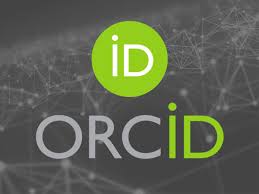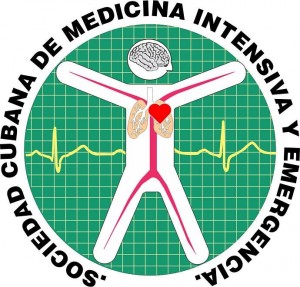Muerte encefálica
Palabras clave:
muerte encefálica, donación de órganosResumen
La enunciación y la determinación de la muerte se han convertido en complejas y difíciles tareas no solamente para la comunidad médica, sino para todos los eslabones de la sociedad: desde los gobiernos hasta el público en general. En las unidades de cuidados intensivos se reciben pacientes con lesiones encefálicas graves irreversibles, los que constituyen un reto para la medicina intensiva por cuanto se trata de pacientes a los que hay que realizar el diagnóstico de muerte encefálica (ME), proceder que conlleva una gran responsabilidad ética, legal y profesional. En el capítulo son abordados los siguientes temas: evolución histórica de los criterios de muerte; definición de muerte encefálica; diagnóstico de muerte encefálica; conducta a seguir ante un paciente diagnosticado de muerte encefálica.
Descargas
Citas
-A Definition of Irreversible Coma. Report of the Ad Hoc Committee of the Harvard Medical School to Examine the Definition of Brain Death. JAMA. 1968;205(6):337–340.
-Busl KM, Greer DM. Pitfalls in the Diagnosis of Brain Death. Neurocrit Care 2009; 11:276–287
-Chamorro C, Muñoz MR, Martínez JL, Pérez MS. Organ donor management: Eight common recommendations and actions that deserve reflection. Med Intensiva 2017;41:559-68.
-Dalle Ave AL, Bernat JL. Donation after brain circulation determination of death. BMC Medical Ethics 2017; 18:15-21.
-Daroff RB. The historical evolution of brain death from former definitions of death: the Harvard criteria to the present. The Signs of Death Pontifical Academy of Sciences, Scripta Varia 110 Vatican city 2007: 217-221.
-De Georgia MA. History of brain death as death: 1968 to the present. J Crit Care. 2014 ;29(4):673-8.
-Hinojosa R, Herruso A, Escoresca AM, Jiménez PI. Puesta al día en Medicina Intensiva: Evaluación y mantenimiento del donante cardíaco. Medicina Intensiva. 2009;33:377-84.
-Lee SY, Kim WJ, Kim JM, Kim J, Park S, The Korean Society of Clinical Neurophysiology Education Committee. Electroencephalography for the diagnosis of brain death. Ann Clin Neurophysiol. 2017;19(2):118-124.
-Machado C. Historical evolution of the brain death concept: Additional remarks. J Crit Care. 2014;29(5):867.
-Matesanz R. Papel de los Sevicios de Urgencias y Emergencias en la donación de órganos. Emergencias. 2010;22:68-71.
-Moskopp D. Brain death: past, present and future. J Intensive Crit Care. 2017;3:32-36.
-Nelson A, Lewis A. Determining Brain Death: Basic Approach and Controversial Issues. Am J Crit Care. 2017;26:496-500.
-Neurocritical Care Society, Brain death toolkit. Updated 2017. https://www.pathlms.com/ncs-ondemand/courses/1223/documents/1264.
-Oddo, M. & Hutchinson, P.J. Understanding and monitoring brain injury: the role of cerebral microdialysis. Intensive Care Med. 2017. https://doi.org/10.1007/s00134-017-5031-6.
-Pandey A, Sahota P, Nattanmai P, Newey CR. Variability in Diagnosing Brain Death at an Academic Medical Center. Hindawi Neurosc Jour 2017. Doi 10.1155/2017/6017958.
-Revuelto J, Egea JJ. Cerebral circulatory arrest detected by extracranial artery ultrasound. Med Intensiva 2017;41:387.
-Rincon F. Neurologic criteria for death in adults. In: Parrillo JE, Dellinger RP. Critical care medicine: principles of diagnosis and management in the adult. 4th ed. Philadelphia: Elsevier; 2014. pp. 1098-1105.
-Rues D, Rieger B, Goldbrunner R, Schlake Hans-Peter. Pitfalls in brain death diagnosis. A case report. J Neurol Surg A Cent Eur Neurosurg. 2013; 74(03):192-96.
-The Quality Standards Subcommittee of the American Academy of Neurology. Practice parameters for determining brain death in adults (summary statement). Neurology. 1995;45:1012-14.
-Varon J, Acosta P. Handbook of Critical and Intensive Care Medicine. New York: Springer; 2010.







